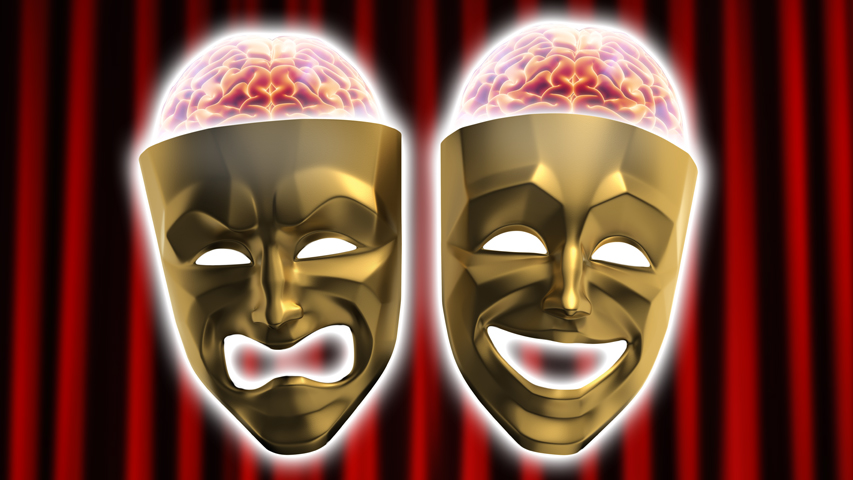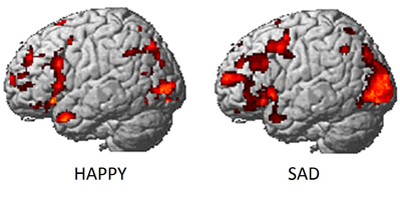Your Brain on Winning a Tony
By Shilo Rea / 412-268-6094 / shilo@cmu.edu

What's happening in the brain of a person who wins a Tony Award — or loses out?
Carnegie Mellon University scientists know exactly what their brain activation patterns look like. Back in 2013, a Dietrich College of Humanities and Social Sciences-led team was the first to identify the emotions that a person experiences — such as happy and sad — based on brain activity.
"We might wonder what is going through the mind of a Tony winner or loser, because we imagine that each person's reaction is unique to them. But what our study showed was how remarkably similar we are to each other in terms of the pattern of brain activity that is the signature of an emotion," said Marcel Just, the D.O. Hebb University Professor of Psychology.
Just continued, "A Tony award winner's elation is accompanied by a very similar brain activity pattern as someone winning a golf tournament trophy or a teaching award. We are more similar to each other under our skulls than one would have thought."

To accurately identify emotions, the researchers combined functional magnetic resonance imaging (fMRI) and machine learning techniques. One challenge for the team was to find a way to repeatedly and reliably evoke different emotional states from the participants inside the fMRI machine.
"Our big breakthough was my colleague Karim Kassam's idea of testing actors who are experienced at cycling through emotional states. We were fortunate, in that respect, that CMU has a superb drama school," said George Loewenstein, the Herbert A. Simon University Professor of Economics and Psychology.
The actors were scanned at CMU's Scientific Imaging and Brain Research Center while viewing the words of nine emotions: anger, disgust, envy, fear, happiness, lust, pride, sadness and shame.
Identifying emotions using neural activity illustrates how the brain categorizes feelings and gave researchers the first reliable process to analyze emotions.
This work was built on previous discoveries by Just and CMU's Tom M. Mitchell that used similar methods to create a model that identifies individuals' thoughts of concrete objects. More recently, Just has extended the research to using brain representations of social thoughts — like hugs — to predict autism diagnoses and to understanding how new concepts develop in the brain and how the brain repurposes itself to learn scientific ideas.
Identifying thoughts and emotions are just a few examples of the many brain research breakthroughs at Carnegie Mellon. Building on its strengths in biology, computer science, psychology, statistics and engineering, CMU launched BrainHub, an initiative that focuses on how the structure and activity of the brain give rise to complex behaviors.
Read more about the original study.